My children have always been inclined to artistic pursuits. However, until recently, we have been unable to spend time on art regularly and throughout the whole school year. And this was not due to the lack of good art resources in our home. We own quite a handful:
Come Look With Me (Enjoying Art with Children, Animals in Art) – Sonlight Curriculum recommended art series for younger children that encourages visual exploration using reproduction of famous artwork. 5-7 years.
Usborne Art Treasury (Rosie Dickins) – presents 22 works of art and uses study of these to spur elementary-aged children to produce original projects. 5 to 10 years.
Usborne Children’s Book of Art (Rosie Dickins) – an introduction to art that studies famous artists, their work, and their life. Includes internet links. Included in Sonlight Electives D Package. 10 and up.
Usborne Introduction to Art (Rosie Dicikins and Mari Griffith) – internet-linked story of painting from ancient to modern times beautifully told and illustrated. Sonlight Curriculum art appreciation recommendation for older children.
Drawing with Children (Mona Brookes) – The Well Trained Mind suggestion for grammar stage drawing instruction. Please refer to a previous post.
Drawing for Older Children and Teens (Mona Brookes) – older children version of Drawing with Children.
Drawing on the Right Side of the Brain (Betty Edwards) – drawing instruction book recommended by The Well Trained Mind for logic stage (grades 5-8).
Hands On Sculpting (Dottie Erdmann) – sculpting instruction book recommended by The Well Trained Mind for logic stage (grades 5-8).
The Annotated Mona Lisa (Carol Strickland) – art appreciation resource recommended by The Well Trained Mind for rhetoric stage (grades 9-12).
The Story of Painting (Sister Wendy Becket) – Tapestry of Grace resource for rhetoric level (grades 9-12) fine arts.
Unlike other subjects that require daily work, art can usually be done once a week. Thus, the likelihood of not spending time at all on the subject is highly possible. Personally, energy devoted to implementing the rest of our school usually leaves me none left for creative projects. Despite all the resources we have, it has become a challenge to plan how to actually teach the principles I read about. Ensuring we have the exact supplies on hand for a certain activity has been another obstacle.
Thus, we were pleasantly surprised when one of our high schoolers tried out Artistic Pursuits, High School Book One, 2nd ed on her 9th grade year. She was able to complete an art credit’s worth of projects studying The Elements of Art and Composition. I was also given specific guidelines how to evaluate her work.
Below are some of her pencil sketches (first slideshow) and charcoal illustrations (second slideshow).
The first senior high book in the series contains 16 units with four lessons each:
- A creative exercise involving observation of the topic in the environment.
- Art appreciation and art history session to further understand the concept being studied.
- The use of tools and techniques applying knowledge of the topic at hand.
- A final project incorporating everything learned in the unit.
The supplies list that came with each text of Artistic Pursuits level made acquiring all the materials needed the whole year a breeze. (This reminded me why we like Sonlight Science so much with its book list, experiment book, science kit, and even a DVD of the labs…until I was reminded recently that Apologia Science kits are also available from a variety of companies: Creation Sensation, Home Science Tools, Rainbow Resource. We now really can’t decide which one we like more!)
Needless to say, the younger kids were excited to dabble more regularly with art like their older sibling. I Can Do All Things (for 6 and up) and Art Adventures at Home 2 (an intermediate program) have been untouched on our shelves for years but I wanted something within my 4 year old’s grasp. A week before we began school officially, I suggested to my younger ones that we get a head start with the new programs we have this year. Aside from working on our Tapestry of Grace scheduling and reading, we took a peek at our Artistic Pursuits K-3 guide. Towards the middle of the week, I received a note from my 8 year old,
“I really love doing our art assignments!!! Also, I enjoy our new TOG books. I’m so interested in dressing up as an ancient Egyptian and reading good books. Thanks for being such a good teacher, helping me learn new things :)”
They have done an assignment almost each day that week.
The first K-3 volume (An Introduction to Visual Arts) is set up more simply than the senior high text. It is composed of 36 lessons divided into 3 major topics: What Artists Do, What Artists See, and Where We Find Art. Each lesson highlights an art element and includes an art appreciation component.
The first 6 lessons use mostly water colour. Here’s how our 10-year old interpreted some of the assignments:
Our oldest (11th grader), who has not completed an art credit yet, now attempts to complete the first high school volume. Next child (10th grader) moves on to the second text (Color and Composition). As the latter was about to begin, she declared with determination, “I’m going to master the art of water colour.” Here are her first few lessons on Unit 1 – Hue:
FINALLY, AND HOPEFULLY, ART THAT GETS DONE!
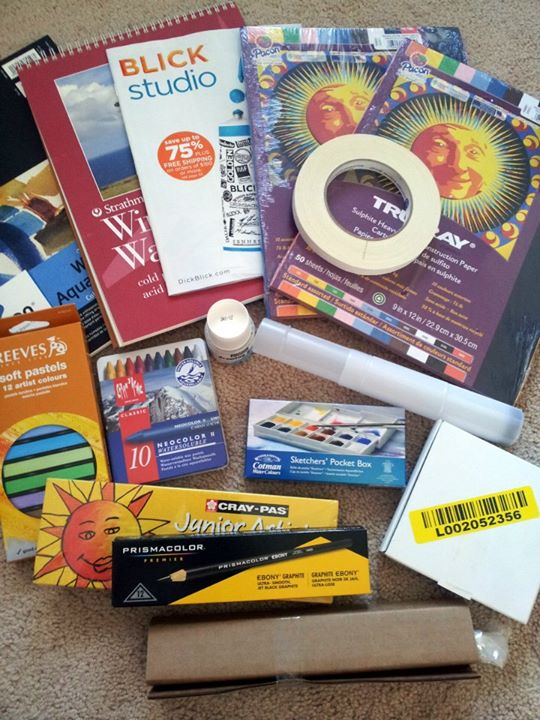
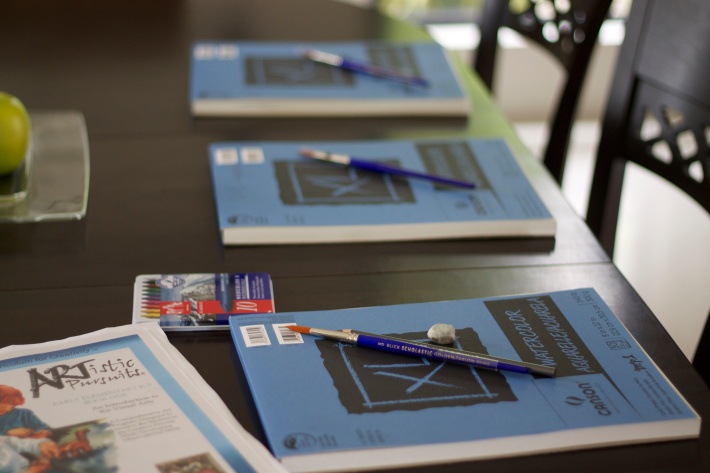
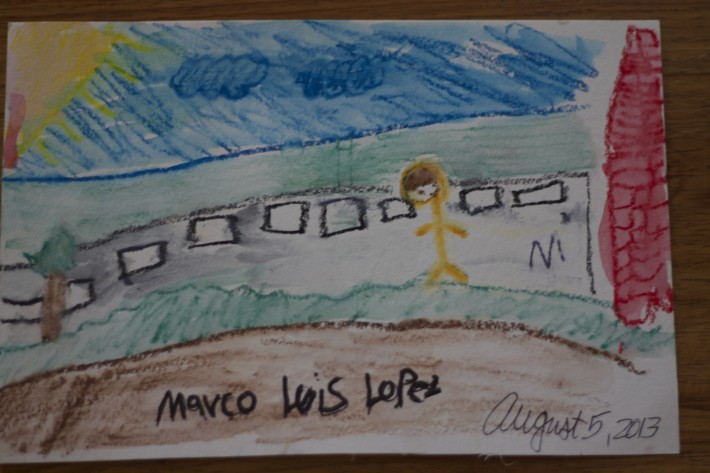
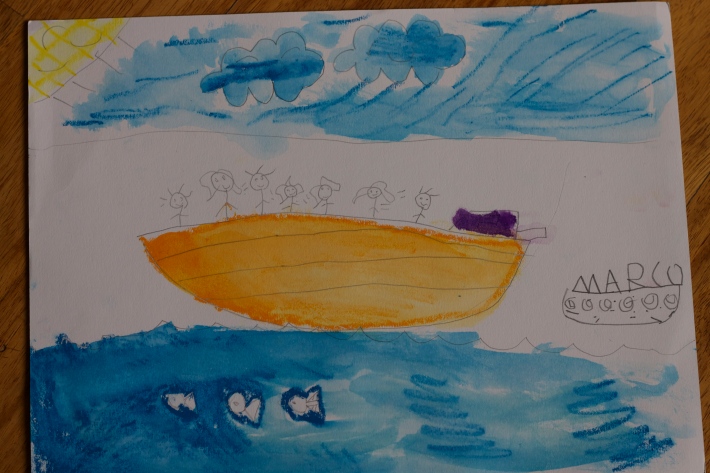
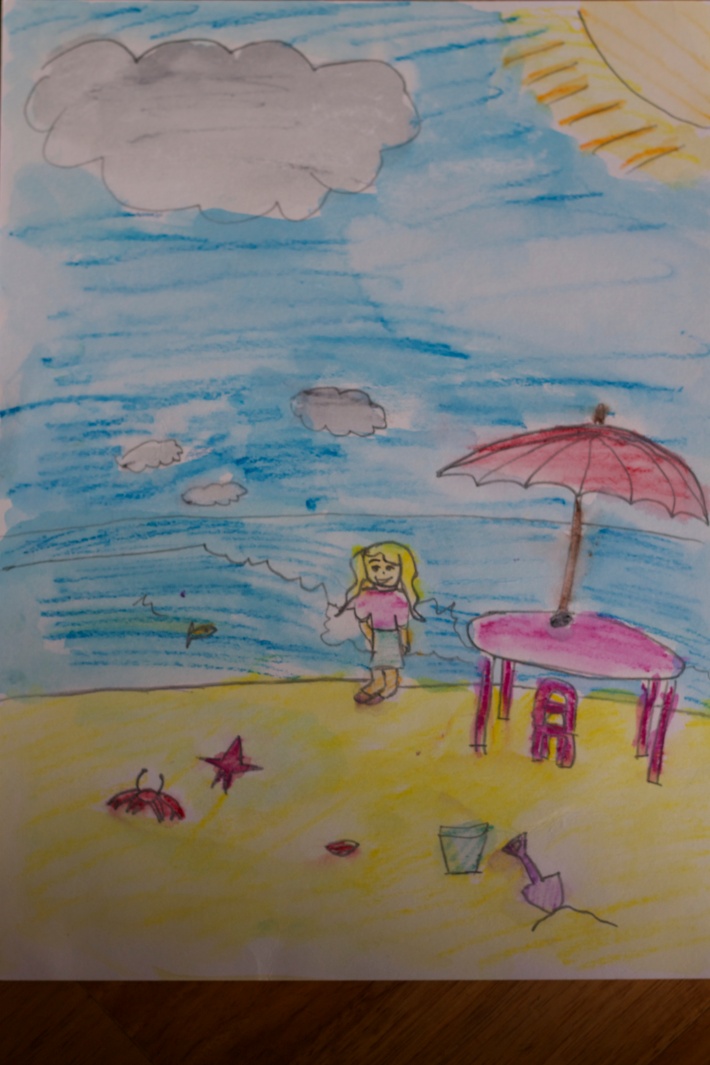
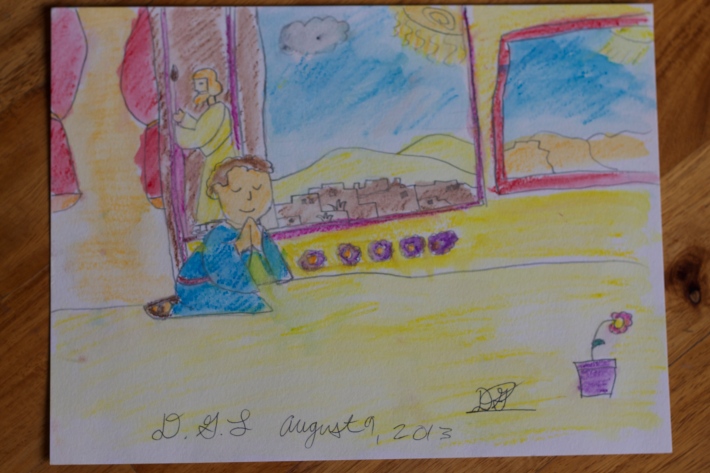
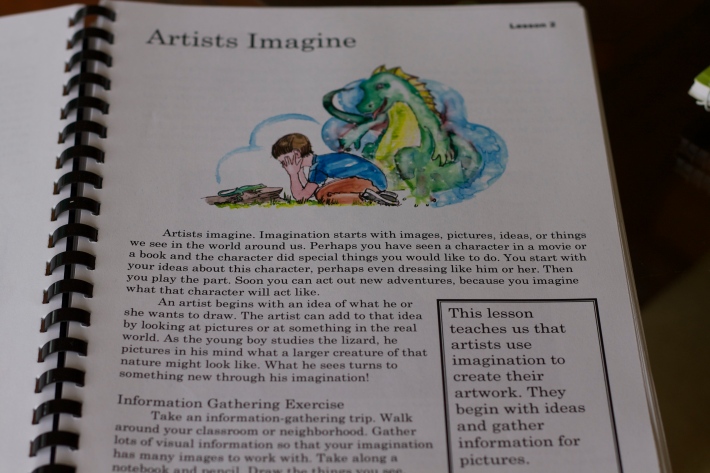
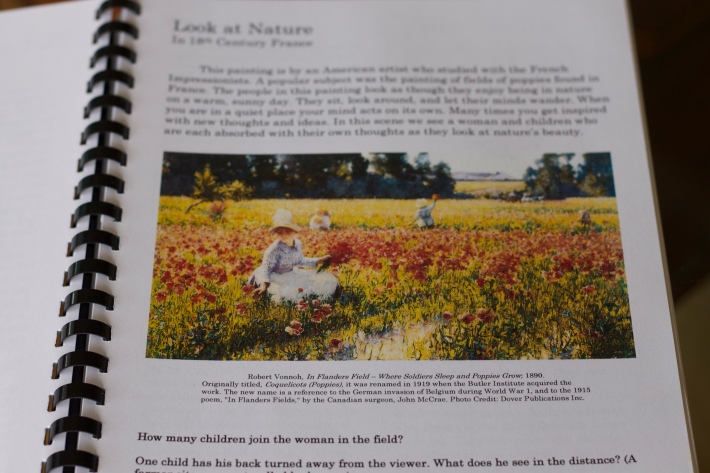
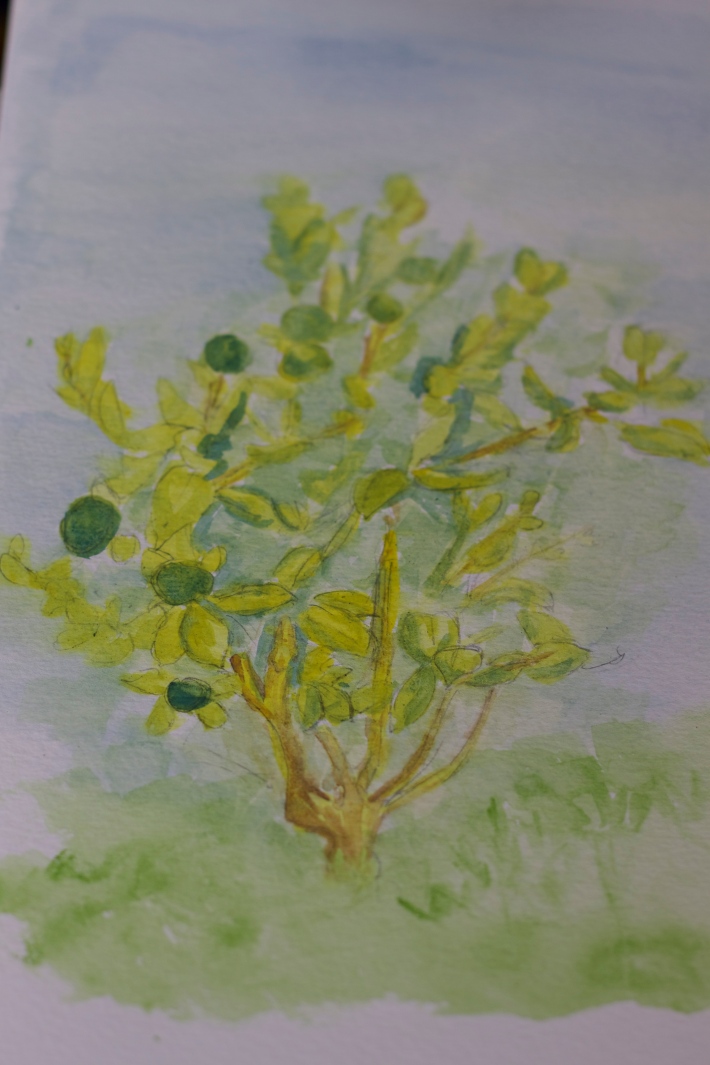
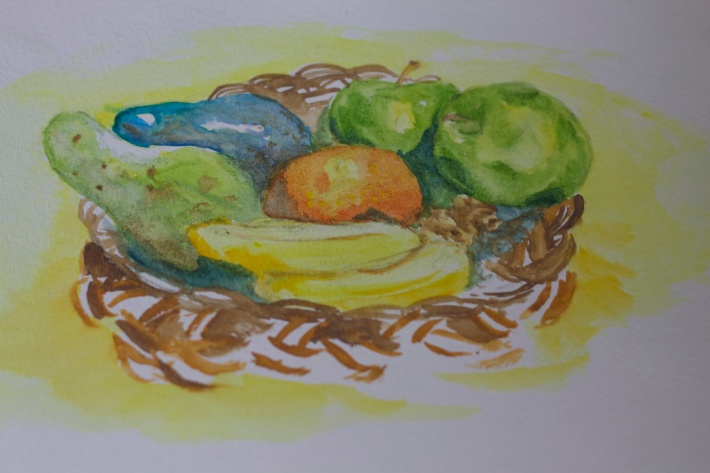
Lovely watercolors … looks like both you and Racquel are artists by nature! btw, this is so timely, I was about to ask you to post your children’s art projects. Looks like your children truly enjoy art; I don’t think mine enjoy it as well as yours does – they usually just want to get it over and done with – that is why the 9yo will be starting I Can Do All Things (we got the video so less stress for me kasi mine have the tendency to skip reading the instructions). Thanks for sharing!
Thanks, Athena. Haven’t had time to work on my skills since grade school 😦 Yes, the children enjoy art time. I guess there’s something about creating and working on details that help them relax. Along with music and physical activity, it’s a good breather from their studies. My “I Can Do All Things” was a gift and didn’t realize there is a video. I hope you have a good year with that. Update us on how it goes.
I am speechless by this post. I will try to re-read but I’d like to try one of the basic ones with Gino. I really have to set a date with you:) to see the materials haha! Would love to do those exercises Marco did with all the kids.
Amazing resources + committed teacher + kids with a passion to learn and awesome art skilss–> Winner.. Winnie Winner!
Ha, ha. Thanks, Donna. It actually took me awhile to get art somewhat a regular part of our schedule. Even now, we’re trying to establish it with the younger kids (older ones really take time to do their work independently) The Artistic Pursuits volumes come in different levels. I got the K-3 so Marco can join. There’s a Gr. 4-5, Gr. 6-8, and the HS ones. I think all the levels begin with a volume on “The Elements of Art and Composition” and then on “Color and Composition”. The student samples found within the books correlate to the ages it is for so the K-3 has work by students who are ages 5 to 8.
Love this post, Winnie! So inspiring 🙂
Pingback: Artsy Update | living and learning